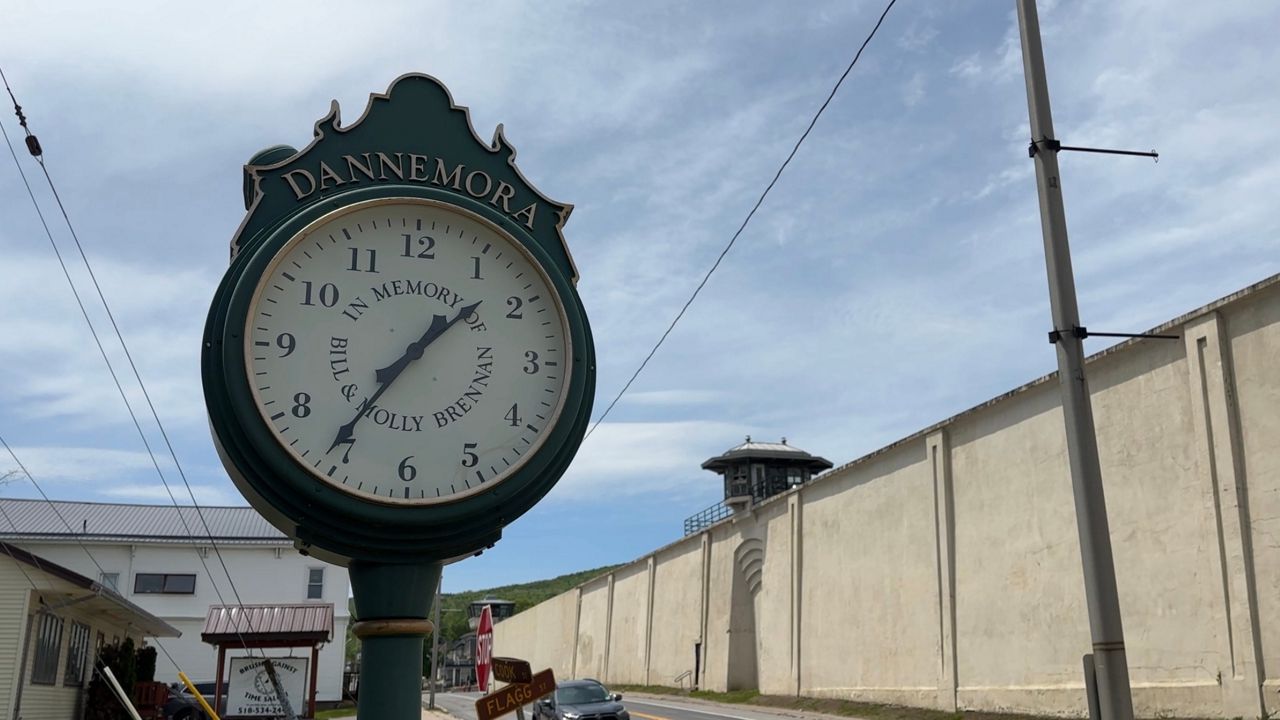When downrange, in enemy territory, the U.S. military depends on its equipment holding up. It can sometimes mean big money; it can sometimes mean life or death. However, if something does break, Fort Drum and the 10th Mountain Division have a team on hand — a team that uses the latest in 3D printing technology to get the job done.
“It’s kind of like a pallet,” said Specialist James Martin of the 10th Mountain Division’s 10th Brigade Support Battalion, pointing to a giant piece of metal in his work area. “It's upside down right now. But once you flip it over, there's going to be like a satellite that goes on top.”
It doesn't matter what: Whether it’s creating or repairing, there's a specific team on Fort Drum that, through fabrication, problem solves.
“A lot of the parts that the Army needs, they can't get them quite in the time that they need them. So, they come to us,” Spec. Martin said.
Often armed with only blueprints to build or broken pieces to replace, the B company is tasked with getting the equipment back to units — in working order — as quickly as possible.
“Especially if we are going to be deployed to a hostile environment where it's just life or death,” Warrant Officer Kevin Ton said.
The team also has several weapon and equipment containers that travel with soldiers everywhere. To prevent mold, they need humidity and moisture control. They have vents that do that.
“What we find out is a lot of the containers have these broken vents and we can't order them,” Ton added.
So, the team on Fort Drum is started to use 3D printing.
“It's good for commanders and higher-ups know that we down here at the maintenance facility are able to fabricate things that are critically needed,” WO Ton said.
While the temporary, emergency battlefield needs are clear, this is also about cost.
“We can 3D print it and then see if it works, see what needs to change and get a better idea of what we're going to make,” Spec. Martin said.
“This fiscal year, these capabilities have been able to save the unit and the division approximately $500,000 just in part procurement alone,” Warrant Officer Ton added.
The division says it will always go through its bid-out contracts for permanent fixes. However, those temporary ones through 3D printing have also saved more than three years of wait time for those permanent orders to come in.
Because the team was so successful in building plastic replacements — that can also be used temporarily — the division is opening a new innovation lab on October 3, where units across the 10th Mountain can learn how to use the technology to their advantage.












